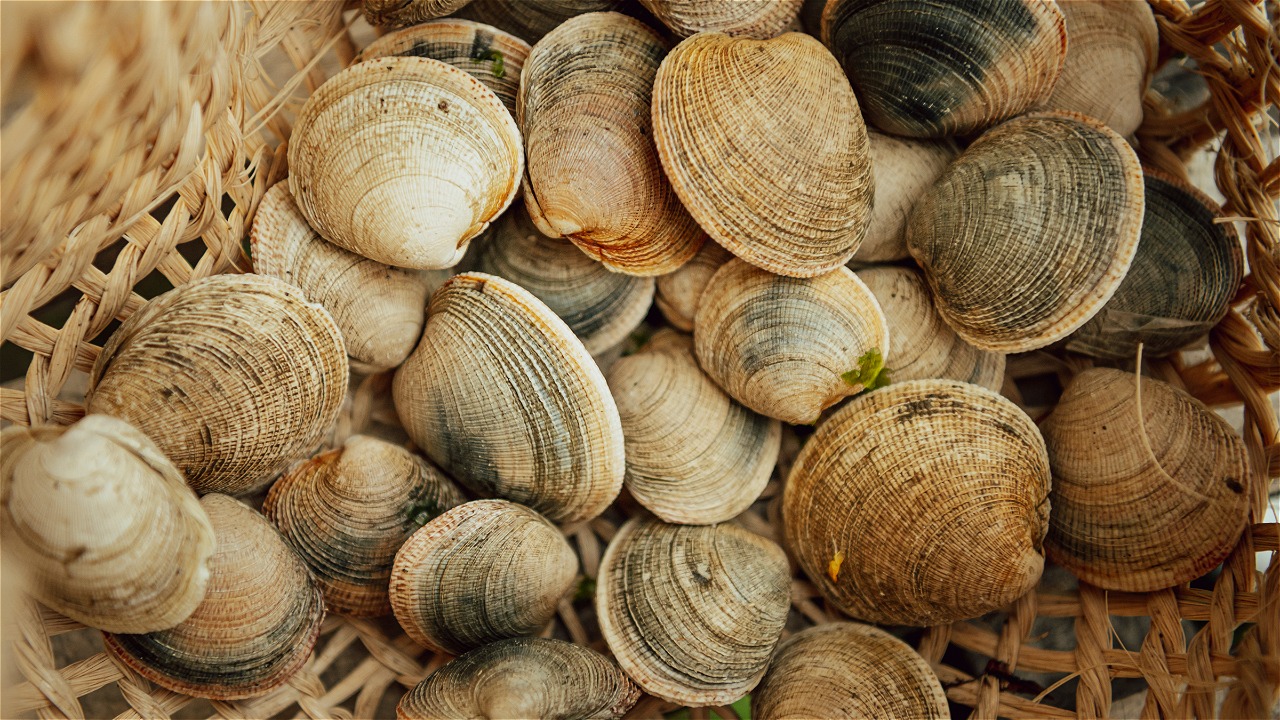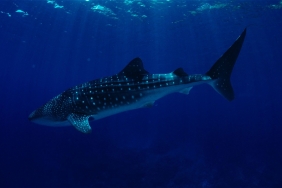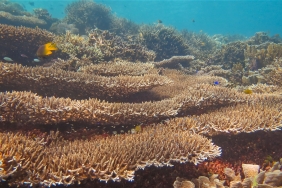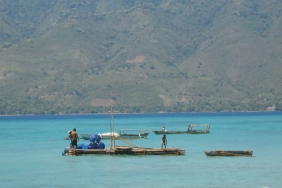SCIENTIFIC COLLABORATION FOR SUSTAINABLE USE OF SHELLFISH RESOURCES IN SIDOARJO DISTRICT
By: Adrian Damora (Fisheries Science Officer)
The eastern side of Sidoarjo Regency, which is directly adjacent to the sea, makes fisheries one of the main economic sectors in the district. One of the fisheries commodities that are widely utilized in Sidoarjo District, especially Sedati Subdistrict, is clams (Anadara spp.). The results of a pre-survey conducted by WWF-Indonesia's Capture Fisheries team mentioned that the utilization of clams in this district has been carried out since the 1990s. Along with the increasing number of human populations living in the coastal areas of this district, of course, it also increases the effort to catch clam commodities. This utilization condition is also supported by the living habitat of clams which can be said to be close to the beach so that this commodity has the potential to continue to be utilized.
WWF-Indonesia, in collaboration with the Faculty of Fisheries and Marine Sciences of Airlangga University, Sidoarjo District Fisheries Office, and the Indonesian Women's Coalition (KPI) of East Java, conducted a training on data mining and analysis to support the study of Harvest Control Rules (HCR) for clams in Sidoarjo District. The training was held on January 9 and 10, 2017, at Campus C of Airlangga University, Surabaya, and involved 22 participants consisting of faculty members of Airlangga University, students of Airlangga University and Trunojoyo University, staff of the Sidoarjo Regency Marine and Fisheries Office, members of KPI East Java, and clam fishermen. The purpose of this training is to provide stakeholders with an understanding of the importance of HCR assessments for shellfish commodities in Sidoarjo Regency and to train higher education institutions in the process of collecting and analyzing HCR assessment data.
This training was filled with materials on the HCR assessment process, starting from the background of HCR, data collection, data analysis, to the implications of the analysis results in policy. All materials provided were facilitated by WWF-Indonesia, with trainer Adrian Damora (Fisheries Science Officer). During the two-day training, participants felt that their understanding had increased regarding the need for routine catch data collection as a basis for determining policies on the utilization of fisheries commodities. All stakeholders present also agreed to collaborate in improving scallop fishing records, extracting historical catch data and preparing HCR schemes in scallop utilization policies in Sidoarjo Regency.
Uncontrolled shellfish harvesting will certainly lead to unsustainable utilization, with the most likely impact being the extinction of the commodity species in nature. Therefore, it is necessary to control the catch with the HCR catch control regulation scheme. HCR is one of the important tools in modern fisheries management and is also a need to fulfill the requirements of ecolabel certification. The availability of scientific information is absolutely necessary in producing HCR schemes. This certainly requires scientific data based on the history of object fisheries, including production trends and fishing effort that have occurred at the utilization site. However, the availability of this historical catch data is very minimal in Sidoarjo Regency, so it is necessary to extract data through fishing reconstruction.
Universitas Airlangga is committed to coordinating the scientific study of the development of the HCR scheme for clam utilization in Sidoarjo District, with the full support of other stakeholders. This scientific collaboration is expected to answer the challenges of implementing utilization policies that are still far from a scientific basis. WWF-Indonesia will also fully oversee this process, so that the regulation of the utilization of shellfish resources in Sidoarjo Regency can be realized and obtain ecolabel certification in order to compete in the global market.





